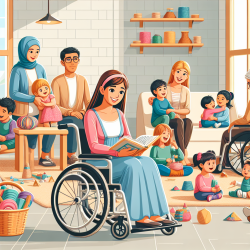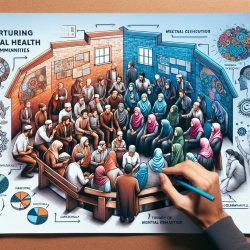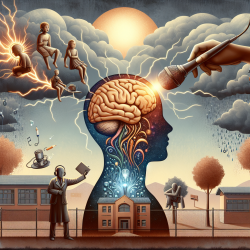Introduction
In the ever-evolving field of speech-language pathology and therapy, the integration of innovative technologies is crucial for enhancing therapeutic outcomes. A recent study, "A virtual reality-based mind–body approach to downregulate psychophysiological arousal in adolescent insomnia," offers groundbreaking insights into how virtual reality (VR) can be utilized to address insomnia in adolescents. This blog explores the study's findings and discusses how practitioners can leverage these insights to improve therapeutic interventions for adolescents.
The Study's Core Findings
The research involved 52 high-school students, with and without insomnia symptoms, who participated in VR-guided meditation and paced breathing sessions. The study found that this intervention led to significant reductions in physiological arousal, as evidenced by decreased heart rate and cortisol levels. Interestingly, these effects were observed in both adolescents with and without insomnia, indicating the broad applicability of this approach.
Implications for Practitioners
For practitioners, these findings suggest several actionable strategies:
- Incorporate VR in Therapy: By integrating VR-based interventions, practitioners can offer a novel, engaging, and effective tool for managing insomnia in adolescents.
- Focus on Mind-Body Techniques: The study underscores the importance of mind-body approaches, such as meditation and paced breathing, in reducing arousal levels and improving sleep quality.
- Tailor Interventions: Given the study's success across different groups, practitioners can consider customizing VR interventions to meet individual needs, potentially enhancing engagement and outcomes.
Encouraging Further Research
While the study provides promising preliminary evidence, further research is essential to explore the long-term effects and optimize the components of VR interventions. Practitioners are encouraged to participate in or initiate research studies to expand the evidence base and refine these interventions.
Conclusion
The integration of VR in therapeutic practices offers a transformative approach to managing adolescent insomnia. By adopting data-driven strategies and embracing technological advancements, practitioners can significantly enhance therapeutic outcomes for children. To read the original research paper, please follow this link: A virtual reality-based mind–body approach to downregulate psychophysiological arousal in adolescent insomnia.










